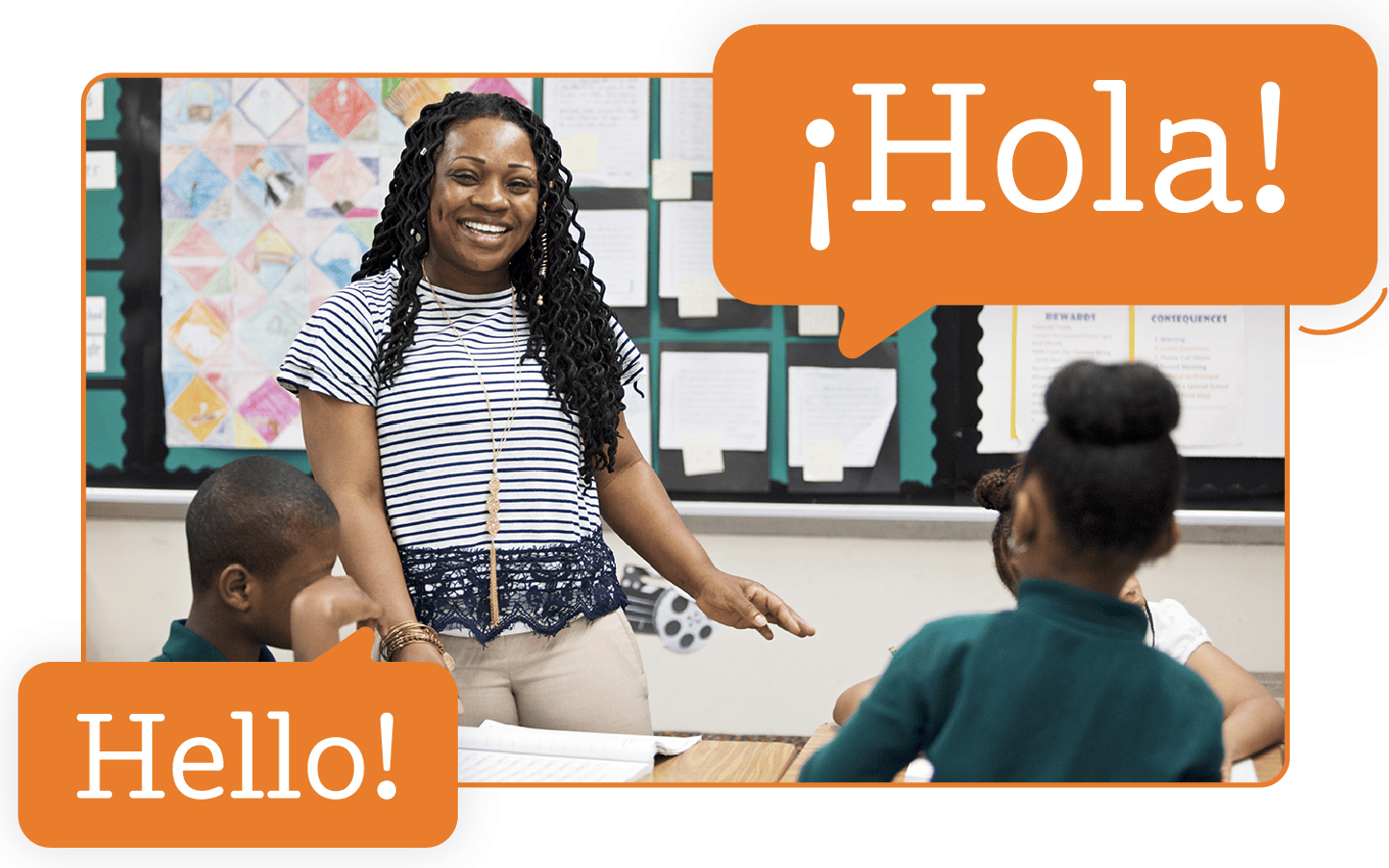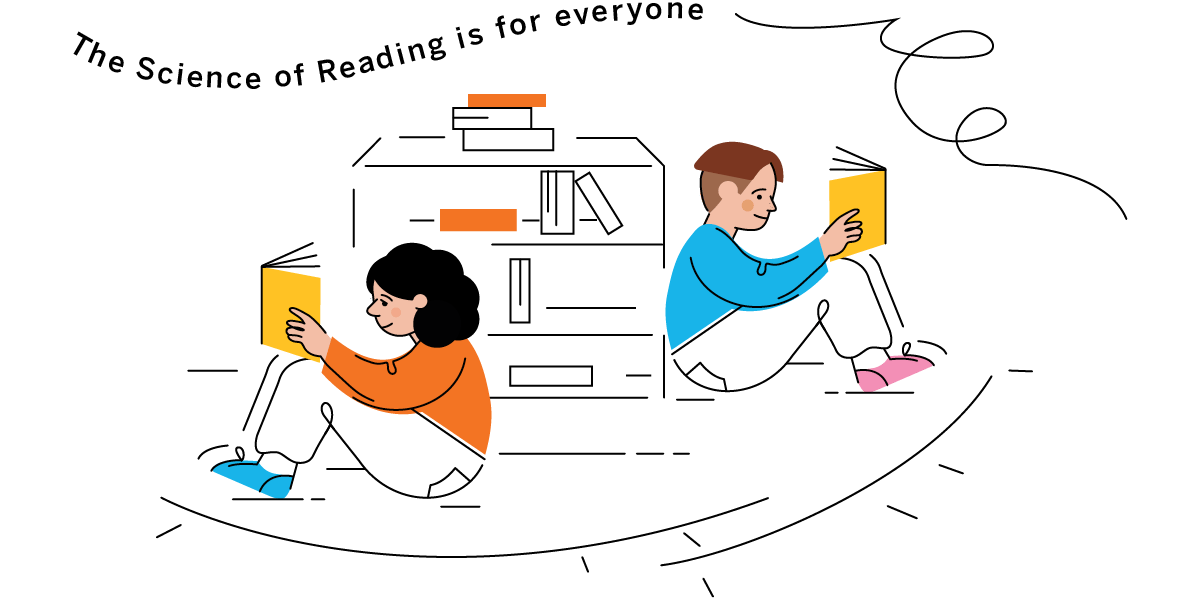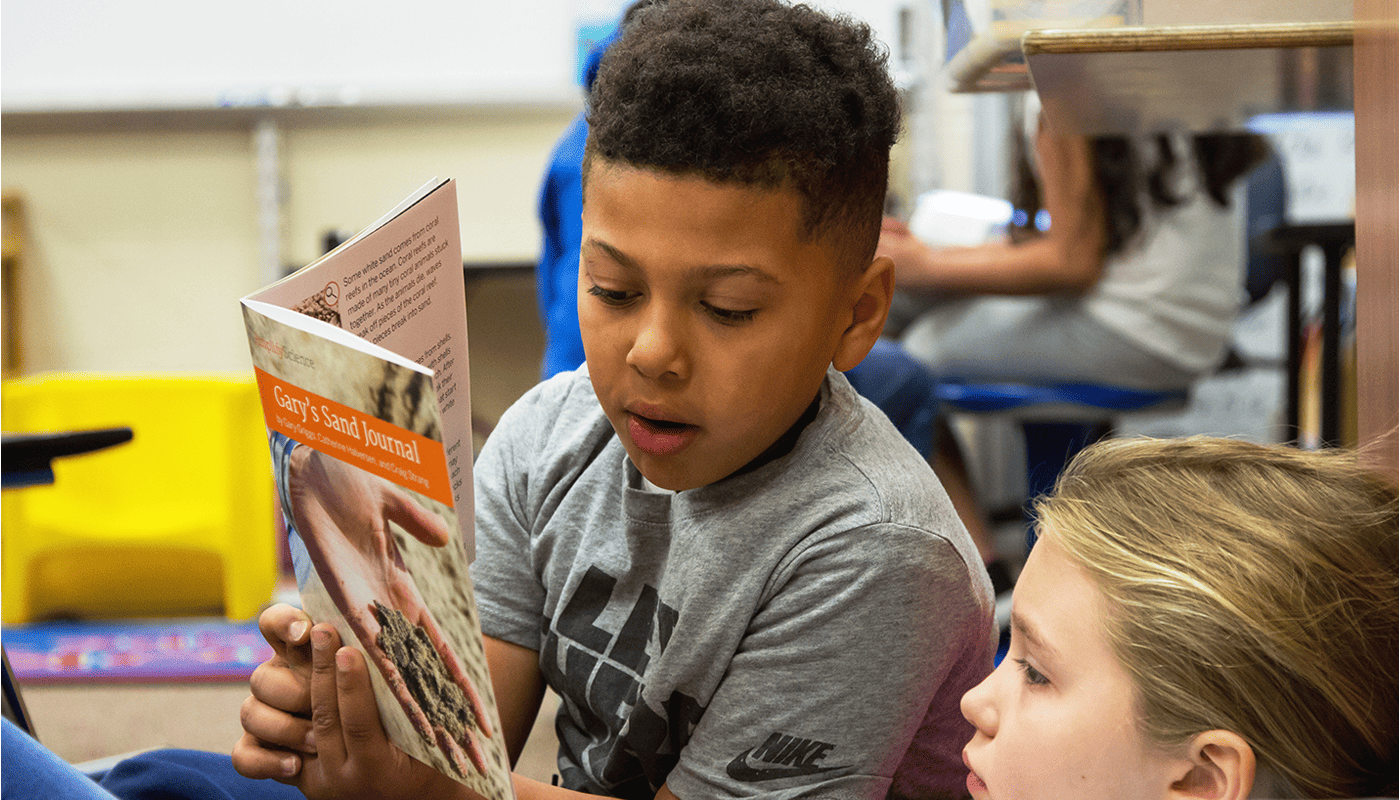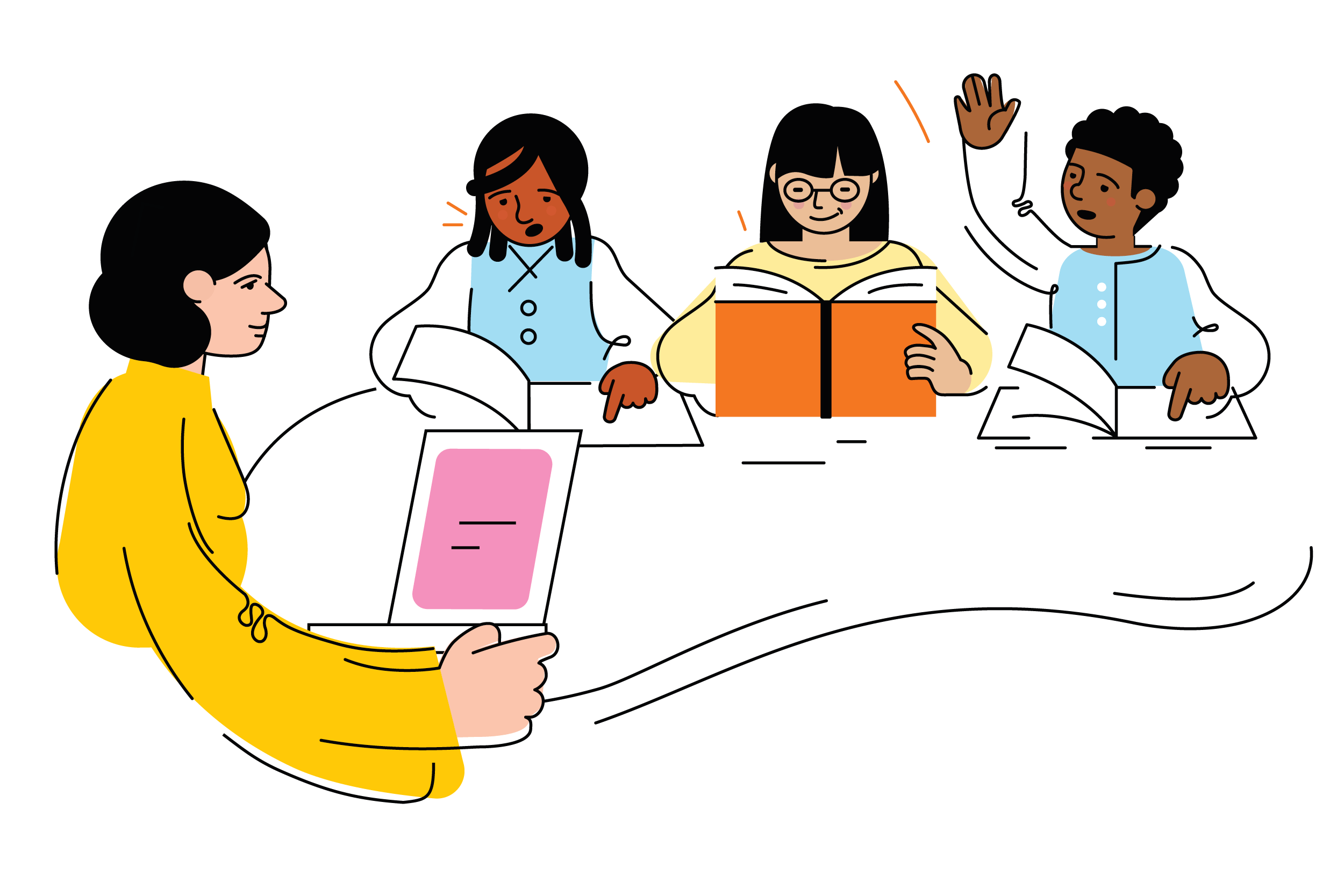
Research shows that bilingual instruction (including dual language instruction and dual language immersion) supports the long-term success of dual language learners—in both languages, and beyond.
How do we best support those students?
More precisely, how are we serving our emergent bilingual students so that they can develop their biliteracy? This is a question posed by biliteracy expert and ¶¶ŇőłÉČË°ćapp product specialist Alestra Flores MenĂ©ndez. And in our recent webinar , she and other experts attempt to answer it.
The power of biliteracy
Knowing more than one language is a powerful tool for opening up new worlds, meeting different people—or even just asking directions in an unfamiliar place.
But that’s not all. Bilingualism itself is a cognitive strength. Research conducted in 2015 by Claude Goldenberg and Kirstin Wagner links bilingualism to increased control over attention, improved working memory, greater awareness of the structure and form of language, and better abstract and symbolic representation skills.
“Our multilingual learners really are using their brains differently,” says Flores Menéndez.
And as with all students, we need to start early to make sure they’ve got their best shot at literacy.
The number of emerging bilingual students in our classrooms is growing, with 15.5% of them in grades K–3. That group includes the key developmental year—third grade.
Third grade is seen as the last year students learn to read before they start reading to learn. Without proficiency by fourth grade, they’re at risk of struggle across subjects.
And for many students, literacy is biliteracy. So how to make sure they get there?
Helping all multilingual learners succeed
“Bilingual instruction has been proven to be the most effective,” says ¶¶ŇőłÉČË°ćapp biliteracy specialist Ana Torres, M.Ed., citing research by Virginia Thomas and Wayne Collier.
Other models (English immersion, transitional bilingual) are a fit for students with certain language profiles. As Torres notes, “We have to be intentional and purposeful to make sure there are positive outcomes for all students.”
But the proven impact of the bilingual model shows this: Knowledge of, and in, a second language builds from the first.
Foundational skills, vocabulary, and knowledge are essential, and all transfer to the second language—through explicit, research-based instruction.
Key elements of that instruction:
- Assessing literacy in both languages. “Assessing what [students] know in their native language is crucial to their success in acquiring that second language,” says Torres. A 2019 study at the University of Oregon looked at phonological awareness among Spanish-speaking pre-K students. (Phonological awareness represents the understanding that words are made up of a series of discrete sounds.) When assessed in English, 63% of students needed Tier 2 or 3 intervention. But when assessed in Spanish, only 21% did. “We need to look at the overall picture of students’ literacy,” Torres says. “Otherwise they’re going to get the wrong instruction.”
- Deliberately bridging from the native language to the new one. Spanish and English share many elements, among them letter sounds. If students know the sounds of the letter m in Spanish, they’ll be able to map that sound onto the same letter in English.
- Grounding in the Science of Reading. The Simple View of Reading has been validated in more than 150 studies across multiple languages. Foundational skills, vocabulary, and knowledge can all transfer through explicit instruction.
- Honoring students’ home languages, cultures, and community experiences. “It’s well documented that when children feel a sense of belonging, they’re more motivated to learn and experience more success in school,” says Menéndez. “Students should see themselves reflected positively in any curricular material.”
- Emphasizing knowledge. Perhaps you’re familiar with the iconic baseball study. Students with prior knowledge of baseball greatly outperformed their peers on reading comprehension—even those peers who were stronger readers. “Building knowledge is absolutely essential for literacy development,” says Menéndez.
Learn more
Explore .
Watch the full webinar: .
Biliteracy and Science of Reading principles in and .
Read about .
Binge our .



